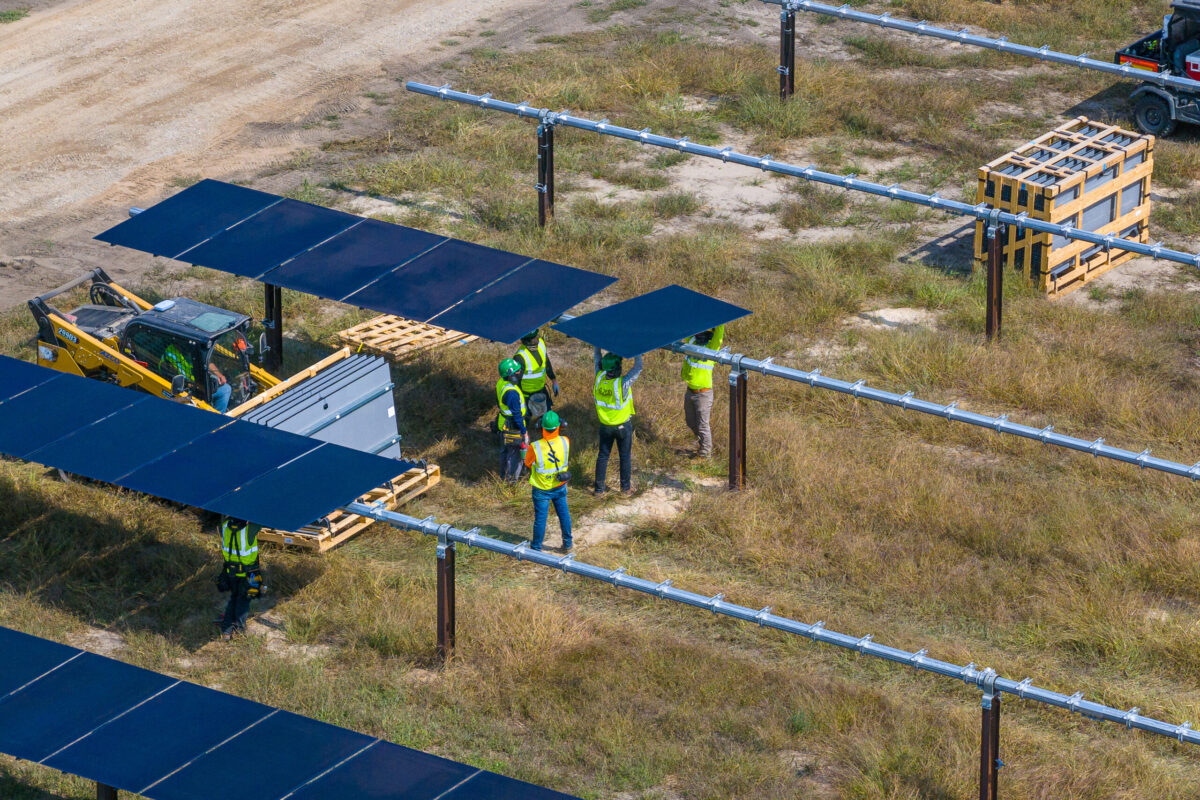The good news is that the world’s largest fund manager, BlackRock, just closed $1 billion of a record $2.5 billion fund dedicated to solar, wind, and energy storage projects.
BlackRock’s Global Renewable Power III fund has commitments from over 35 institutional investors in North America, Europe and Asia and “reflects strong investor demand for renewable power assets,” according to a release.
BlackRock already manages one of the world’s largest renewable power portfolios with $5.5 billion in assets under management and investments in more than 250 wind and solar projects since 2011.
David Giordano, Global Head of BlackRock Renewable Power, said, “As global power generation shifts from two-thirds fossil fuels to two-thirds renewables over the next few decades, renewables are increasingly becoming a standalone allocation for investors and one of the most active sectors in infrastructure.”
When quizzed by PV-Tech, a spokesperson for BlackRock said that it would target commercial and industrial solar projects, a good fit with its recent investments in CleanCapital and Distributed Solar Development.
The bad news
The bad news is that the $2.5 billion fund is a tiny fraction of BlackRock’s $6.96 trillion balance sheet and small change compared to BlackRock’s $17.5 billion (and growing) investment in coal.
According to The Global Coal Exit List, “BlackRock is not only the largest investor in companies developing new coal plants, it is also the largest shareholder in oil, gas, and thermal coal reserves.”
Financial Times quotes Christopher Hohn, founder of the TCI hedge fund, as saying, “Major asset managers such as BlackRock have been shown to be full of greenwash.“ FT adds that BlackRock “continues to pour money into sectors such as fossil fuels through its mainstream investment products — dominated by passive funds that track indices.”
Impactalpha expands on that: “As a manager of mostly ‘passive’ portfolios pegged to indexes, BlackRock has been loath to divest from fossil fuels and other environmentally destructive industries and only rarely bucks management on shareholder resolutions.”
But other large funds are changing their ways: Japan’s $1.6 trillion Government Pension Investment Fund is potentially shifting up to $50 billion of its fund to add more careful review of the “negative externalities” created by firms in its portfolio.
Gillian Tett of FT writes that BlackRock has begun “implementing a comprehensive internal analysis of all its operations in relation to climate change, covering both active and passive funds.” She expects “more pressure on corporate management for climate-risk disclosure and other environmental, social and governance issues.”
This content is protected by copyright and may not be reused. If you want to cooperate with us and would like to reuse some of our content, please contact: editors@pv-magazine.com.







I see huge opportunity here. Energy is a critical infrastructure and the energy sector boom will continue to attract attention of institutional investors.
BlackRock’s current investment in energy sector ($20 billion out of $2.96 trillion) is a mere 0.287% of their balance sheet.
With renewable energy’s coming of age, it is a reasonable expectation that BlackRock will tip its asset allocation in favor of renewable energy in addition to increasing their net investment in energy sector.
We could tap into BlackRock’s pot of gold by incentivizing them (and other institutional investors) to fund transmission and distribution system upgrade globally, thereby relieving transmission congestion and interconnection delays. Ergo, faster route to return on investment in renewable energy.